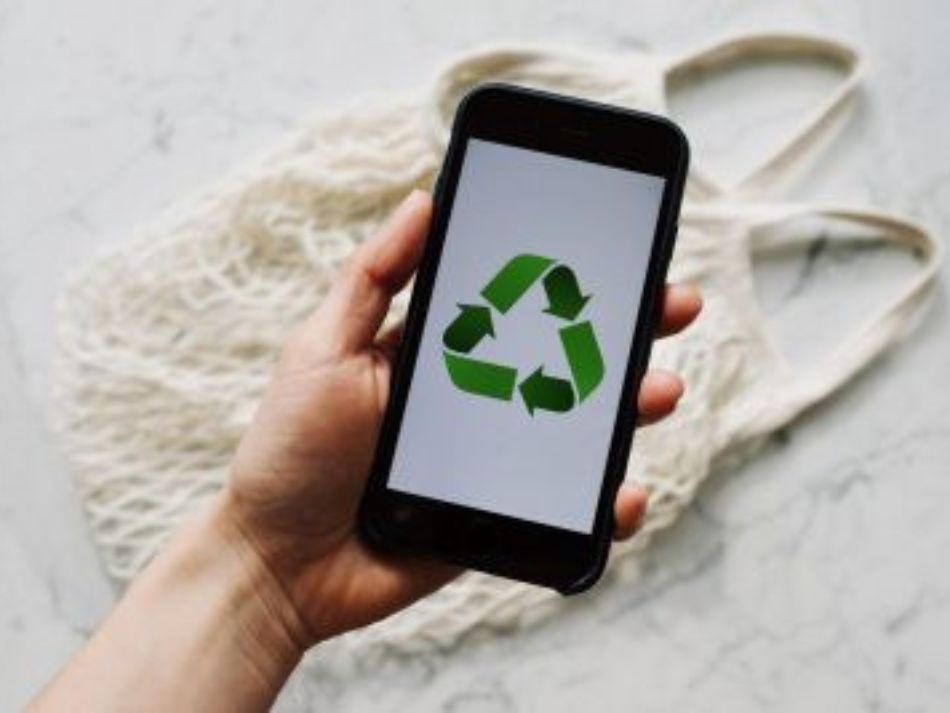
We all spend a large amount of our time online these days and there’s no doubt that the Internet has made our lifestyles easier. We connect wirelessly with our friends, family and colleagues all over the world; we stream our favourite music, films and TV shows on-demand; data syncs instantly across our various devices.
It’s no surprise therefore that most people overlook the Internet’s environmental impact. Few people are aware of how the Internet actually works, or how it contributes to climate change. It’s easy not to think about the impact our endless stream of data is having.
The reality is that digital technologies account for around 4% of global carbon emissions, which sounds relatively small but is actually similar to the aviation industry’s contribution – and if the Internet were a country, it would be the world’s 6th largest polluter!
How is this Internet pollution created and what can we do to help tackle it?
In this article we will give you information that shows the impact of the Internet on the environment, and how we can help reduce the impact with Green Energy.
What is the Internet’s environmental impact?
The Internet is powered by a vast network of physical infrastructure. From data centres to transmission networks to the devices we hold in our hands, the transfer and mass storage of our data requires an enormous amount of energy.
Data centers serve as factories of the information age; their 24/7 operation makes online browsing, streaming and communication possible, but delivering all this data requires a tremendous amount of electricity. The explosive demand of internet-based platforms and services has fueled a dramatic expansion in both the size and number of data centers, making them collectively one of the largest sources of new electricity demand globally.
The problem is that many of these data centres get their electricity from dirty fossil fuels rather than renewable sources, and the energy consumption of digital technology is increasing by 9% every year.
Over the last few years, several giants like Google, Facebook and Apple have committed to powering their data centres with 100% renewable energy, which is a good start.
The cost of our internet use
Every time we use the Internet, data gets transferred between our device and the server that the website or software is hosted on. A server is essentially just a computer disk, which is usually stacked in a rack alongside thousands of others in a high-tech building called a data centre.
Each server is kept switched on and working 24/7, which requires electricity and air conditioning to keep it cool. Imagine leaving the computer at your office desk continuously switched on – most of us try to avoid this as we know it uses energy.
The more data that is sent and stored, the more electricity and energy is needed. Even though this is relatively small at the individual level, when this is multiplied by the billions of people globally that are now connected to the Internet, it really mounts up fast.
So the key is to be mindful and aware of the amount of data we use.
By far the most significant contributor to our individual Internet carbon footprints is our use of online video, which generates 60% of world data flows and over 300 million tonnes of CO2 per year.
Here are some simple and relatively painless opportunities to reduce your own footprint:
1.- Trash files and photos that are no longer useful
Sometimes we abuse our cloud storage because we have no idea how much it impacts the environment. Well, now you know. Delete anything you don’t need anymore, to avoid the servers they’re stored on using energy unnecessarily.
2.- Delete apps that are useless
We sometimes have a habit of leaving applications on our phones that we don’t actually use anymore. Run through your phone; are there any apps that you haven’t opened in three months? Delete them.
3.- Use your phone more than your laptop
Your computer has a bigger screen and uses more power. It’s more efficient to use your phone, and isn’t a big inconvenience – particularly if you’re only doing quick searches etc.
4.- Unsubscribe from email newsletters and mailing lists
We all get marketing emails and newsletters that we never open or read – particularly in our personal inboxes. The carbon footprint produced by the transmission and storage of each of these emails really stacks up over time. Try getting into the habit of unsubscribing when you receive an email from a sender that you’re not interested in.
5.- Use Google Drive and Google Photos for cloud storage
Google operates some of the most energy-efficient data centres in the world, and is the world’s largest corporate purchaser of renewable energy, which makes Google Drive a great choice for storage of your files and photo archives.
How does the internet help sustainability
The Internet can improve our capability to understand the science of environmental degradation and communicate that knowledge to public and private decision makers. It can also improve environmental policy by increasing international equity and participation in the policy development processes.
Green energy with Tiekom
Tiekom is committed to 100% renewable energy, to saving the planet’s resources and offers significant savings in the electricity bill of our customers. We believe that renewable energies are the way to guarantee the future of our planet.
We work every day to make electricity more easily understandable and accessible to all and also more respectful with the environment.
You can find all the information about our energy service on the Tiekom website or by email: sales@tiekom.com In all cases we will be happy to help you.
